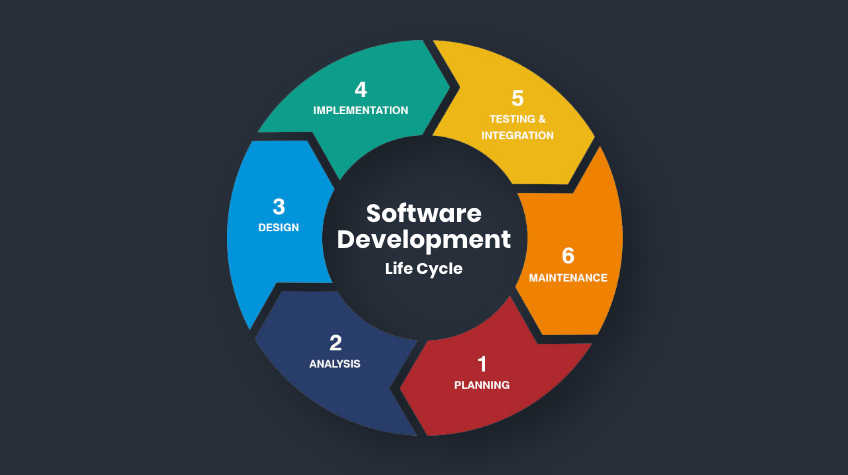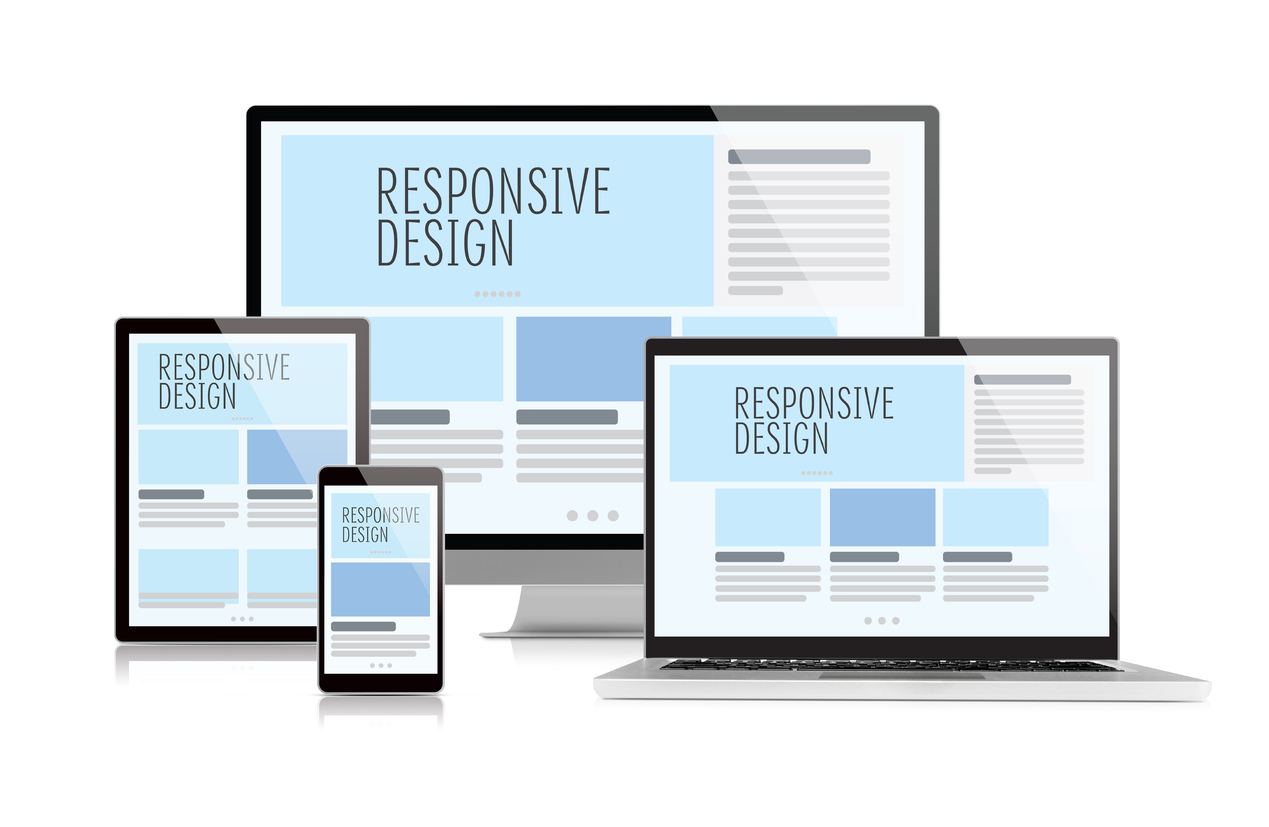Stages of Software Development Guide – Software development is a complex process that involves a series of well-defined stages to ensure the creation of functional, efficient, and high-quality software. Each stage plays a crucial role in the overall success of the project. In this article, we will explore the various stages of software development, providing detailed explanations of each step.
1. Requirements Gathering and Analysis
Purpose:
The first stage of software development is to gather and analyze the requirements from stakeholders. This involves understanding the needs and expectations of the end-users and other stakeholders.
Activities:
- Stakeholder Interviews: Conducting interviews with clients, end-users, and other stakeholders to gather their needs.
- Requirement Documentation: Creating detailed documentation that outlines the functional and non-functional requirements.
- Feasibility Study: Analyzing the feasibility of the project in terms of technical, economic, and operational aspects.
Outcome:
A comprehensive requirements specification document that serves as a blueprint for the development process.
2. Planning
Purpose:
The planning stage involves creating a roadmap for the development process. It includes defining the project scope, timelines, resources, and budget.
Activities:
- Project Plan: Developing a detailed project plan that outlines the tasks, milestones, and deliverables.
- Resource Allocation: Identifying and allocating resources such as team members, tools, and technologies.
- Risk Management: Identifying potential risks and creating mitigation strategies.
Outcome:
A well-defined project plan that guides the development process and helps in monitoring progress.
3. Design
Purpose:
The design stage focuses on creating the architecture and design of the software based on the requirements gathered.
Activities:
- System Architecture Design: Defining the overall structure of the software, including the hardware and software components.
- Detailed Design: Creating detailed designs for individual modules, interfaces, and data structures.
- Prototyping: Developing prototypes to validate design concepts and gather feedback.
Outcome:
Design documents and prototypes that provide a clear understanding of how the software will be built and how it will function.
4. Development (Coding)
Purpose:
The development stage involves writing the actual code to implement the software design.
Activities:
- Coding: Writing code using appropriate programming languages and development tools.
- Code Review: Conducting code reviews to ensure code quality, consistency, and adherence to coding standards.
- Version Control: Using version control systems to manage code changes and collaborate effectively.
Outcome:
A working software application that meets the design specifications and requirements.
5. Testing
Purpose:
The testing stage involves verifying and validating the software to ensure it meets the specified requirements and is free of defects.
Activities:
- Unit Testing: Testing individual components or modules for correctness.
- Integration Testing: Testing the interaction between different modules to ensure they work together as expected.
- System Testing: Testing the complete system for functionality, performance, and security.
- User Acceptance Testing (UAT): Involving end-users to validate the software against their requirements.
Outcome:
A thoroughly tested software application with identified issues fixed, ensuring high quality and reliability.
6. Deployment
Purpose:
The deployment stage involves releasing the software to the production environment where end-users can start using it.
Activities:
- Deployment Planning: Creating a deployment plan that outlines the steps for deploying the software.
- Environment Setup: Setting up the production environment, including hardware, software, and network configurations.
- Data Migration: Transferring existing data to the new system, if applicable.
- Go-Live: Executing the deployment plan and making the software available to end-users.
Outcome:
The software is successfully deployed and accessible to the intended users.
7. Maintenance
Purpose:
The maintenance stage involves providing ongoing support and making necessary updates to the software after deployment.
Activities:
- Bug Fixing: Addressing any issues or bugs reported by users.
- Updates and Enhancements: Implementing new features or improvements based on user feedback and changing requirements.
- Performance Monitoring: Continuously monitoring the software’s performance and making optimizations as needed.
Outcome:
A well-maintained software application that remains functional, up-to-date, and efficient over time.
Conclusion
The stages of software development form a structured approach to creating high-quality software. From gathering requirements to maintaining the deployed software, each stage is crucial for the success of the project. By following these stages meticulously, development teams can ensure that they deliver software that meets user expectations, is reliable, and adds value to the organization.
Contact Us:
Website: – Click Here
WhatsApp | Call: +254 743 149 267 | + 254 738 352 258
Email Address: info@beseenlimited.com | sales@beseenlimited.com
Follow our IG: @Beseenlimited





